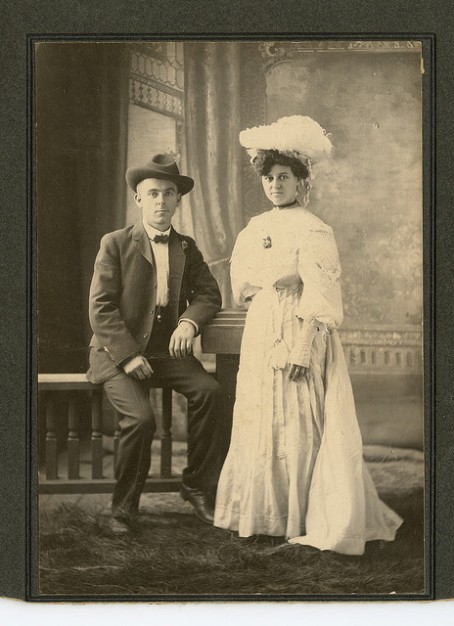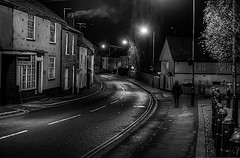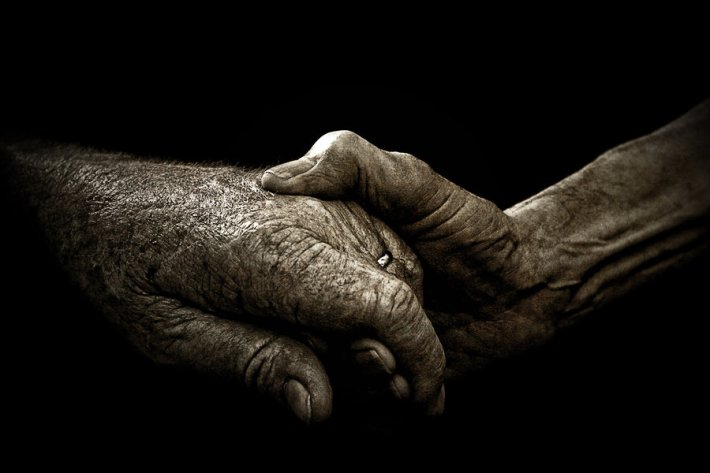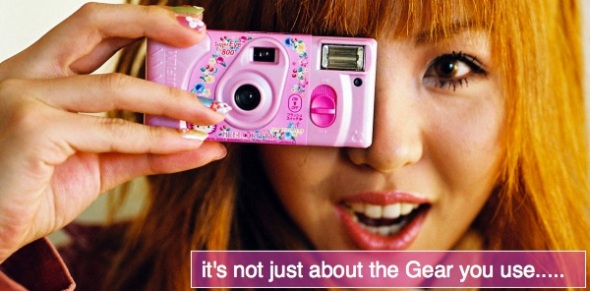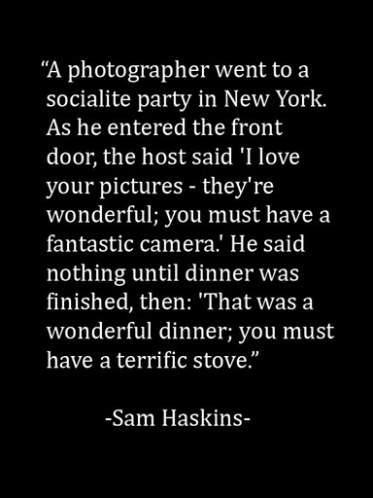Perhaps you’ve seen a popular link lately, to an article about photographer Kirsty Mitchell’s Wonderland series – one that she created over a three-year period, in memory of her mother. When she lost her mother to brain cancer, Ms. Mitchell escaped her grief through her camera’s viewfinder. What was intended to be a summertime experiment turned into a three-year project, with breathtakingly beautiful results. Her images have captured the imagination of countless people via the internet; Ms. Mitchell has plans for an exhibition of the work, and an accompanying book.
When I first saw the images, I was astonished by their beauty, and inspired by her dedication to the project. When I saw them again today, they reminded me of a lesson that I keep trying to remember in my own creative life as a photographer.
To explain: I’m the mother of two very young boys, whom (of course) I adore. When they play outside, they love to pick handfuls of tiny wildflowers and bring them in to Mommy with sweetness in their eyes. My heart melts each time, and of course, I’ve wanted to keep those flowers forever. Since that wasn’t possible, I – quite naturally, I suppose – started photographing them. Pleased with the results, I posted them online and offered the images for sale. For a couple of months, nothing. But then, out of the blue, I heard from a company that wanted to offer some of the images for sale internationally, at Ikea stores. After determining that this wasn’t some barely comprehensible scam, I signed a five-year contract for the sale of two images at Ikea stores, as a packet of two posters. The product launches early next year.
My point? Well, my point is this: when I created those flower images, I wasn’t thinking about Ikea, or my business’s bottom line, or about pleasing anyone other than myself. I was merely satisfying a desire, and a visual notion, that originated in my heart of hearts, and would have stayed there if I hadn’t taken action to bring the imaginary into reality. And while I can’t read Ms. Mitchell’s mind, my impression is that she began creating her images to satisfy a deeply personal need, and that it didn’t matter much to her what the outcome might be – she simply needed to make those photographs. And in the end, I believe this is what speaks to other people – artwork (photography or otherwise) that comes from our most intimate selves. Are you following your own creative impulses? Or are you, without realizing it, merely doing what you think will please other people? If you’re honest with yourself about what pleases you, what fascinates you, what images you need to create, your work will have an authenticity and a distinction that can’t help but be stirring to others.
So, I encourage you to shut down your inner critic, and especially all those ugly outer critics, and quiet down enough to hear that voice in yourself. The next step is to commit to bringing your ideas to fruition, and after that, your skill and experience take you the rest of the way.
See more of Kirsty Mitchell’s images here.
My stuff is here.






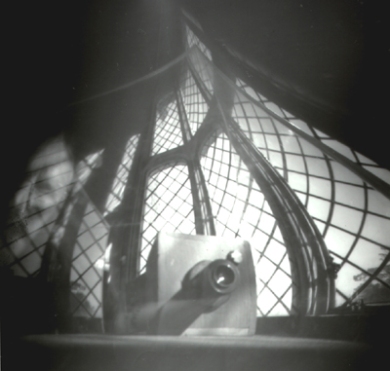 Events at Washington School of Photography are becoming bigger and better in our new space. We’ve always had gallery openings, and open houses, but we’re entering a new realm of events with guest speakers, auctions, and more artist opportunities than ever before.
Events at Washington School of Photography are becoming bigger and better in our new space. We’ve always had gallery openings, and open houses, but we’re entering a new realm of events with guest speakers, auctions, and more artist opportunities than ever before.